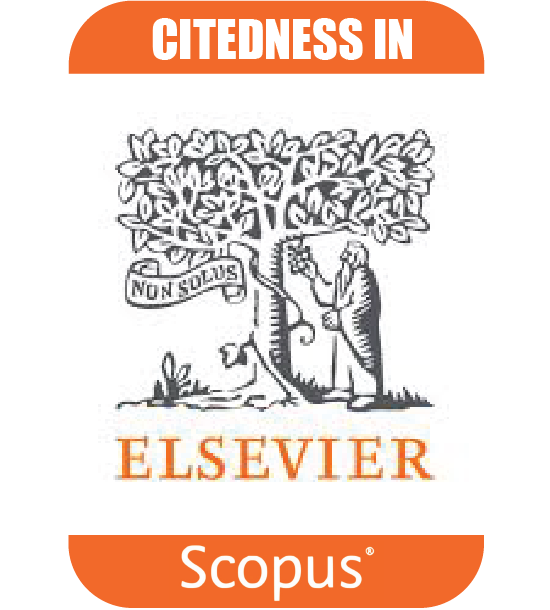THE HOMO ERECTUS SITE OF TRINIL: PAST, PRESENT AND FUTURE OF A HISTORIC PLACE
Keywords:
Trinil, Arkeologi, Paleoantropologi, Dubois, Selenka, Archaeology, PaleoanthropologyAbstract
Abstrak. Trinil: Masa lalu, Sekarang dan Masa Depan Sebuah Situs Bersejarah. Dusun Trinil menjadi terkenal dengan ditemukannya Pithecanthropus erectus, sekarang Homo erectus, oleh Dubois pada tahun 1891. Setelah ekskavasi Dubois, pada tahun 1907 sebuah ekspedisi besar-besaran dipimpin oleh E. Selenka berlangsung di lokasi yang sama. Selain fosil-fosil sisa manusia, puluhan ribu fosil vertebrata lain dan moluska ditemukan dalam ekskavasi Dubois dan Selenka antara tahun 1891 dan 1907. Koleksi ini sekarang disimpan di Naturalis di Leiden (Belanda) dan di Museum für Naturkunde di Berlin (Jerman). Studi yang berlangsung saat ini terhadap koleksi-koleksi itu mendorong perlunya penelitian baru di lapangan. Tujuannya selain untuk mengetahui potensi situs juga untuk menjawab pertanyaan-pertanyaan yang muncul dalam studi koleksi. Parit penggalian Dubois dan ekspedisi Selenka dikontekstualisasikan dalam peta geografi modern berdasarkan data historis, bahan fotografi yang masih ada, dan peninjauan lapangan 2014/2015. Potensi untuk menemukan tinggalan pada ‘Hauptknochenschicht’ (HK) cukup besar di tepi kiri sungai Solo, di selatan penggalian Dubois yang asli, termasuk di tepi kiri disebelah timur lokasi yang digali. Pertanyaan yang masih tersisa, antara lain menyangkut stratigrafi situs, umur fauna Trinil dan Homo erectus, dan homogenitas himpunan HK, diharapkan dapat terjawab melalui penelitian baru yang akan dilaksanakan di situs ini.
Kata Kunci: Trinil, Arkeologi, Paleoantropologi, Dubois, Selenka
Abstract. Trinil became famous through the discovery of Pithecanthropus erectus, now Homo erectus, by Dubois in 1891. After Dubois’ excavations it was the expedition led by E. Selenka in 1907 performing large scale fieldwork at the location. Apart from the hominin remains, thousands of other vertebrate and molluscan fossils were excavated by both Dubois and Selenka between 1891 and 1908. These collections are currently housed at Naturalis in Leiden (The Netherlands) and the Museum für Naturkunde in Berlin (Germany). Ongoing studies of these collections have raised questions that warrant new fieldwork. This study aimed to establish the site‘s present potential to solve extant research questions. The excavation trenches of Dubois and the Selenka expedition were contextualized within a modern geographical map, based on historical data, extant photographic material and a 2014/2015 field trip. The potential to reach the find bearing Hauptknochenschicht (HK) is high at the left bank of the Solo river, south of Dubois’ original excavations. Also the left bank directly east of the former excavation pits has a good potential. Still remaining questions concerning the site stratigraphy, the age of the Trinil fauna, including the Homo erectus finds, and the homogeneity of the HK assemblage, might be resolved by new fieldwork.
Keywords: Trinil, Archaeology, Paleoanthropology, Dubois, Selenka
Downloads
Published
How to Cite
Issue
Section
License
Copyright (c) 2016 Gerrit Alink, Wil Roebroeks, Truman Simanjuntak

This work is licensed under a Creative Commons Attribution-ShareAlike 4.0 International License.








